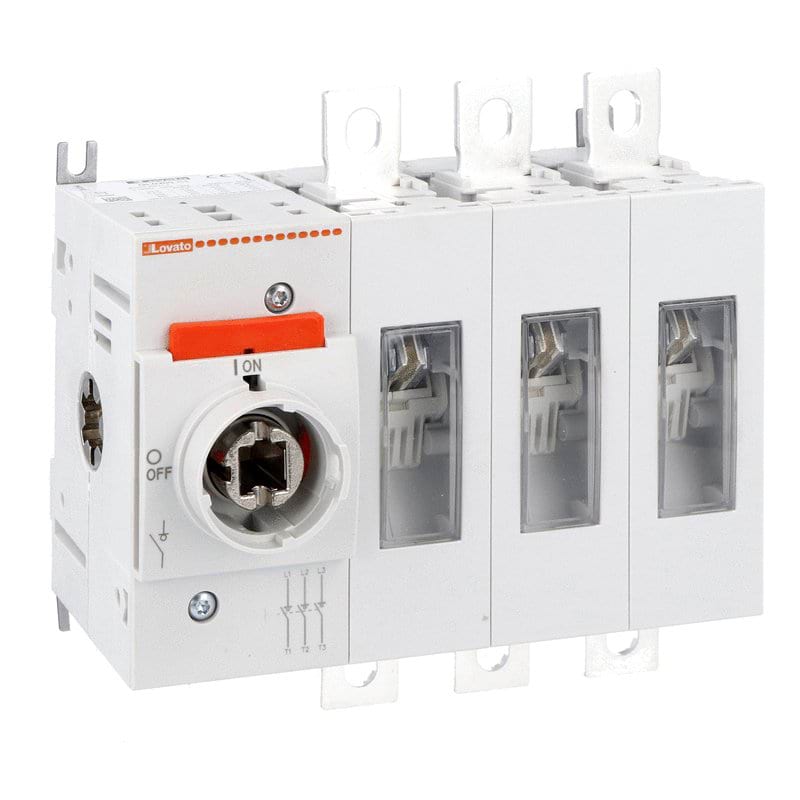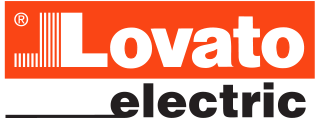Cutting the Current:
Inside the World of Switch Disconnectors
Inside the World of Switch Disconnectors
What is a switch disconnector?

A switch disconnector is an electrical device used to connect or disconnect an electrical circuit manually. It serves as a combination of a switch and a disconnecting means.
Its primary function is to ensure the safety of electrical circuits by providing a visible break in the circuit when necessary, allowing for maintenance, repair, or isolation of the electrical equipment. Switch disconnectors are commonly used in various industrial, commercial, and residential applications to control the flow of electricity, isolate circuits, and prevent hazards such as electrical shocks or fires during maintenance or emergencies.
These devices come in various sizes, designs, and configurations to accommodate different voltage and current ratings as required by specific applications. They can be operated manually or automatically and are an essential component in electrical systems to ensure safety and proper functioning.
Switch disconnectors can be fitted to various types of electrical equipment across different industries. Some of the common applications include:

Distribution boards
Switch disconnectors are often installed in distribution boards or switchgear assemblies to control and isolate power supply to different circuits or equipment.

Industrial Machinery
They’re integrated into machinery and equipment
to provide a means of isolation for maintenance, repair, or troubleshooting purposes

Renewable Energy Systems
Switch disconnectors are employed in solar photovoltaic systems, wind turbines, and other renewable energy installations to isolate the generated power from the grid or equipment for maintenance and safety.

Electrical panels
Within control panels or electrical enclosures, switch disconnectors are used to isolate power to specific components or systems.
Advantages of switch disconnectors include:
Isolation and Safety
They provide a visible and reliable means to disconnect power, ensuring safety during maintenance, repair, or emergencies by isolating equipment from the electrical supply.
Versatility
Available in various sizes and configurations, they can be tailored to specific voltage and current requirements of different applications.
Ease of Operation
Many switch disconnectors are designed for easy manual operation, allowing quick and straightforward disconnection of electrical circuits.
Reliability
These devices are built to endure frequent operations and offer robust performance, contributing to the reliability of the electrical system.
Compliance with Standards
Switch disconnectors are designed and manufactured to meet safety standards, ensuring they operate within specified parameters and contribute to overall electrical system safety.
Protection of Equipment
They help prevent damage to equipment and circuits by safely disconnecting power during maintenance or in case of faults.
Overall, the installation of switch disconnectors is crucial in ensuring the safety of personnel, protecting equipment, and facilitating the maintenance and smooth operation of electrical systems across various applications.
Choosing the right switch disconnector for your application
Voltage and Current Ratings
Ensure the switch disconnector’s ratings match the requirements of the electrical system it will be connected to. It should handle the voltage and current levels safely without overheating or failing.
Isolation Capability
Check if the switch disconnector provides proper isolation when in the off position. It should effectively break the circuit to prevent current flow, ensuring the safety of personnel working on the equipment.
Durability and Reliability
Look for devices made from high-quality materials that can withstand frequent operations, ensuring reliability over an extended period. Components like contacts and enclosures should be robust and durable.
Compliance with Standards
Verify that the switch disconnector meets relevant safety standards and certifications in your region or industry. This ensures it has undergone necessary testing and adheres to safety regulations.
Operation Mechanism
Consider the ease of operation. The switch disconnector should be easy to operate manually, whether through a handle, lever, or other mechanisms, to facilitate quick disconnection
when needed.
Safety Features
Some switch disconnectors come with additional safety features like padlocking capabilities to prevent unauthorized use or accidental switching, enhancing safety protocols.
Environmental Considerations
For outdoor or harsh environment applications, choose switch disconnectors with appropriate ingress protection (IP) ratings to withstand dust, water, or extreme temperatures.
Size and Mounting Options
Ensure the physical dimensions and mounting options align with the space and installation requirements. Different sizes and mounting configurations are available for various applications.
Manufacturer Reputation
Consider products from reputable manufacturers known for quality electrical components.
A well-established brand often signifies better reliability and support.
By paying attention to these factors, you can make an informed decision and select a switch disconnector that aligns with your electrical system’s requirements while prioritizing safety and performance. Consulting with electrical professionals or experts in the field can also provide valuable guidance in choosing the right switch disconnector for your specific needs.
Switch to Lovato and power up your performance
Check out our latest blog on Switch Disconnectors at https://www.lovatoelectric.com/gb_en/switch-to-lovato-and-power-up-your-performance/ showcasing the new range and find out why so many box builders trust our products to deliver.
Call 01384 899700 or use our contact form and speak to one of our advisors. Follow us on LinkedIn for the latest from Lovato UK.
